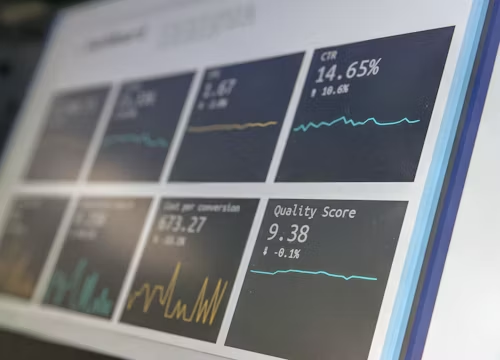Topline The stock market had one of its best days of the year Friday, shaking off a historic stretch of losses, as investors responded positively to the latest inflation update.
Key Points
The blue chip Dow Jones Industrial Average (up 1.2%, or 500 points) and bellwether S&P 500 (up 1.1%) each posted their steepest percentage advances since Nov 6, the day following the election, though the indexes closed much lower than the 2% respective advances they enjoyed at midday.

Friday was the Dow’s 10th-best day of 2024 and the S&P’s 21st-best day of the year.
That was a big rally, punctuated by the tech-heavy Nasdaq’s 1% advance, following last month’s report that the arguably most important measure of inflation came in better than expected – a welcome sign for a market hungry for strong inflation data, as it would support further interest rate cuts, which typically bolster equity valuations.
Also helping to quell the fears behind Wednesday’s sharp selloff tied to dampened rate cut expectations was a CNBC appearance from Austin Goolsby, president of the Federal Reserve Bank of Chicago, who said he thinks “rates can still go down a fair amount” from Friday’s 4.25% to 4.5% level.
Each of the S&P’s 13 sectors gained Friday, though the rate-sensitive real estate sector was the biggest gainer at 1.8%.
Artificial intelligence names Nvidia and Palantir, Warren Buffett favorite energy company Occidental Petroleum and Airbnb were among the notable stocks that gained at least 3%.
Surprising Fact
The CBOE market volatility index (VIX), popularly called Wall Street’s fear gauge, dropped 25% on Friday, its third-largest one-day loss in a decade, indicating renewed investors’ appetite for risk.
Critical Quote
“Sticky inflation seemed to be a little less sticky this morning,” wrote Chris Larkin, managing director of trading and investing at E*TRADE from Morgan Stanley, in emailed comments.
Key Background
The Dow ended its streak of 11 consecutive losing trading sessions Thursday, the worst losing streak since 1974. Wednesday was the most painful of those days in the red, as the Dow declined more than 1,100 points, its worst loss since Sept. 2022 as Wall Street quaked at the Fed’s new median forecast of two rate cuts in 2025, down from its prior projection of four cuts. That would mean interest rates would stay near a historically high 4%, which doubly hurt the stock market as they make corporate borrowing more expensive, cutting into profit margins, and encourage cash to sit in government bonds. The more palatable inflation reading “may take some of the sting out of the market’s disappointment with the Fed’s interest rate announcement on Wednesday,” said Larkin.


